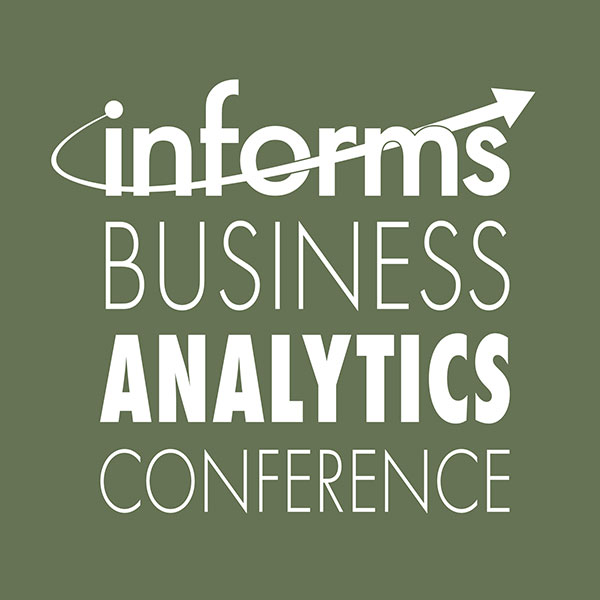
Andrea Hupman
Andrea Hupman
Assistant Professor at University of Missouri – St. Louis
Andrea C. Hupman is an assistant professor in the Supply Chain and Analytics Department at the University of Missouri-St. Louis. She holds a BS from Northwestern University and earned her MS and PhD in Systems and Entrepreneurial Engineering from the University of Illinois at Urbana-Champaign. Her research interests include decision analysis and predictive analytics, with a particular interest in leveraging data to improve decision making at organizations. Her work includes several applied research projects. She has been honored for success in both teaching and research. She is the recipient of the 2017 Gerald and Deanne Gitner Excellence in Teaching Award. She is the co-recipient of the 2019 IEEE Systems Journal Best Paper Award, with co-author Ali E. Abbas, and she was the recipient of the 2022 Clemen-Kleinmuntz Decision Analysis Best Paper Award.
Track: Cloud Data
Leveraging Multiple Predictions: Improving Software Effort Estimation with a Novel Task-based Model and Traditional Function-based Models
The ability to more accurately forecast the effort required for software development enables improved resource-allocation and project management decisions, but the prediction task is known to be difficult. This talk describes how a U.S. Midwestern Fortune 500 financial services firm improved its prediction performance by 35-49% by (1) developing a novel prediction tool based on the projects’ required software development tasks as described by firm-specific design patterns, and by (2) complementing these forecasts with estimates from traditional function-based models developed with industry-wide and company-specific data. Company management is thus equipped with predictions from multiple methodologies and multiple information sources, enhancing its ability to predict project needs. Insights to how managers aggregate the set of forecasts and insights to how multiple information sources contribute to the value of information further illustrate the benefits of the approach.

